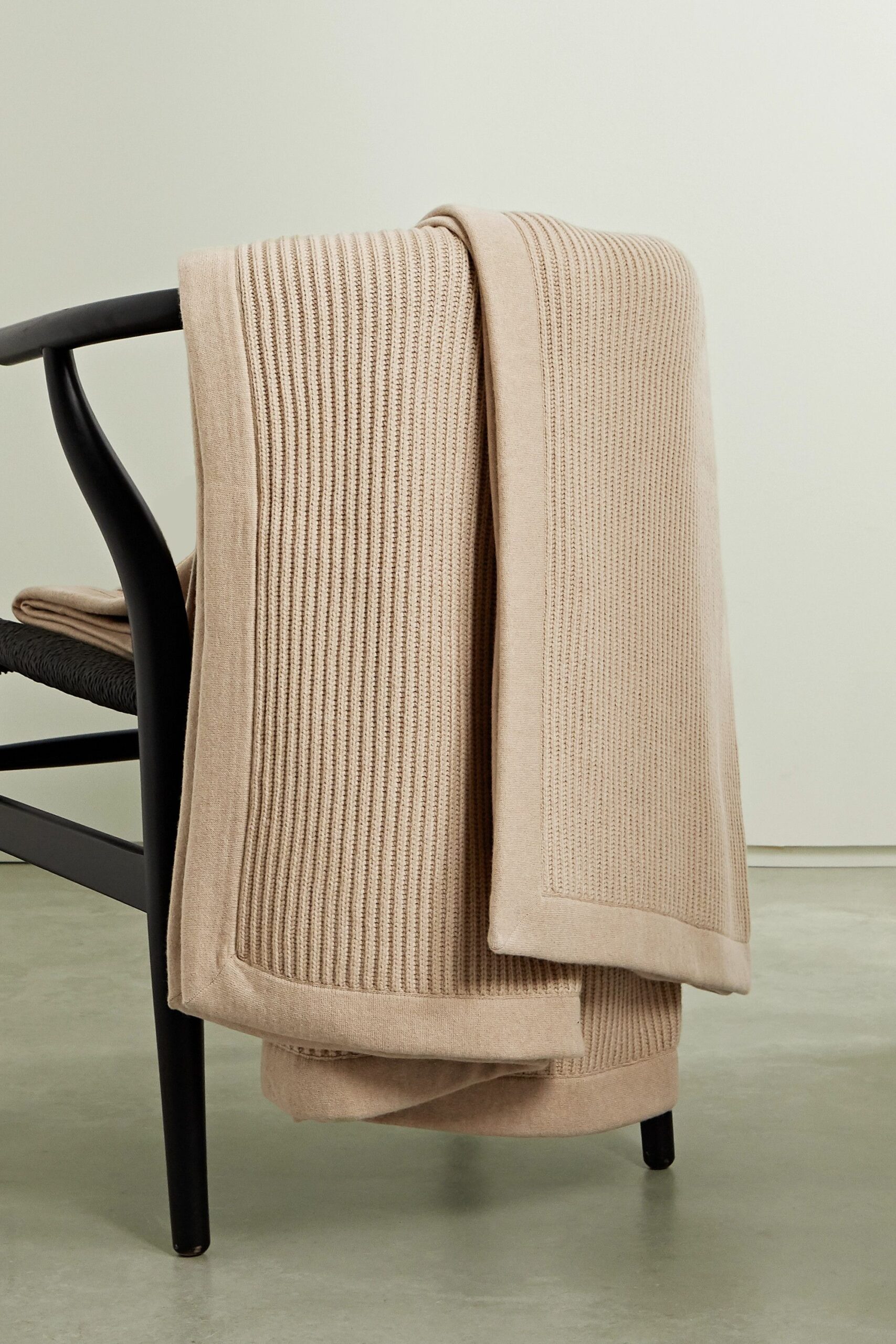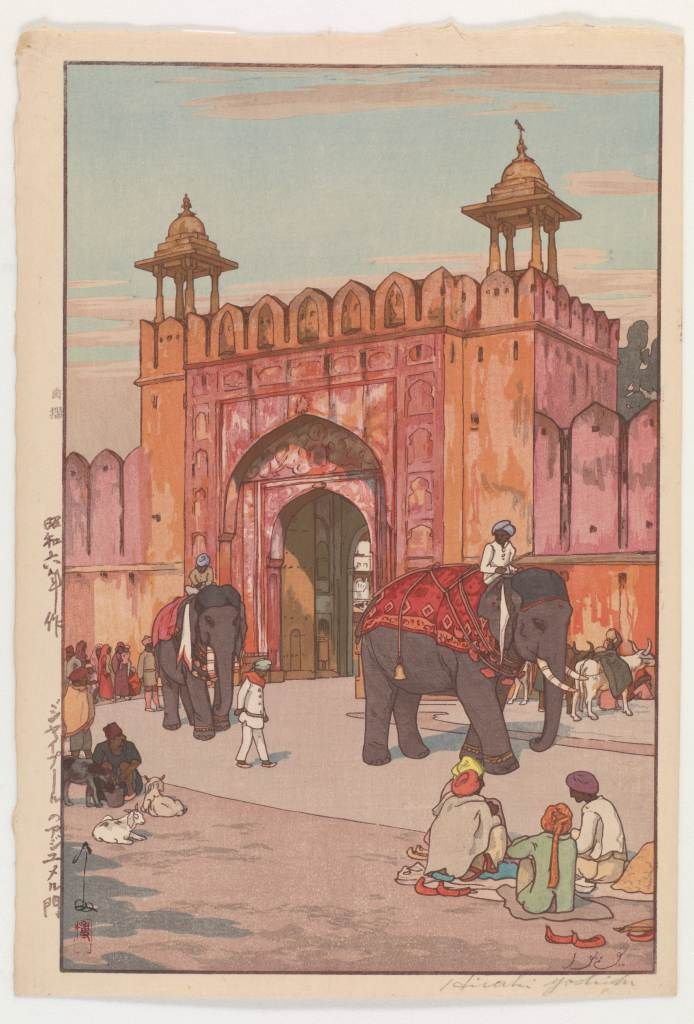In an age where fashion consumers are becoming increasingly aware of the environmental impacts of their purchases, people tend to get taken in by brands and labels that use buzzwords such as “sustainable” or “eco-friendly” to promote sales. However, the dark side of this is that there is very little research on the true nature of this wave of so-called sustainable fashion. While the true cost is borne by the people, animals, and environments impacted in their production, the fast fashion business continues to produce a wide range of clothing for less than market pricing.
Fashion that is environmentally beneficial in its design, production, distribution, and use is referred to as sustainable fashion. Clothing produced in ways that prioritise social welfare and worker rights is referred to as ethical fashion, a word that is also common in the realm of conscious consumption. However, ethical and sustainable fashion are closely related because environmentalism goes hand in hand with social equity. As a trend, the slow and sustainable fashion movement is on the rise: but to a major disadvantage. While people are all too willing to hop on the bandwagon of shiny, new trends, or are genuinely concerned about the impact of their actions on the ecology, people seldom notice that certain so-called sustainable behaviours may be deeply flawed, and end up unintentionally feeding the growth of disturbingly harmful industries.
The most coveted fabric for designers is cashmere. This fabric’s versatility makes it simple to incorporate complicated patterns, and thus, is frequently used in the seasonal collections of some of the most well-known names in high fashion, and has come to be recognised as a symbol of high fashion. The fibre, known as pashm or pashmina in some parts of Asia, became known for its use in beautiful shawls and other handmade items produced in Kashmir, India. In the early 19th century, cashmere shawls reached their greatest popularity in Europe.
The soft fleece of cashmere goats, which are raised in large numbers in China and Mongolia, is coveted by the fashion industry even today. This purportedly premium fibre is used to make cashmere. The thick, woolly coats provide the goats with protection from the harsh weather, since they have very little body fat. Unfortunately, in the cashmere industry, these goats are frequently sheared in the middle of winter to make up for the increasing demand for cashmere, especially during a time when they are most in need of their coats. The same is true for pashmina and angora goats, which are used to produce mohair and pashmina wool, respectively.
As cashmere is a natural fibre, it is easy to understand why it may be deemed to be a sustainable, yet elegant alternative. When compared with nylon, polyester, and other synthetic materials, cashmere surely has the upper hand; it is a far better alternative in terms of decomposition. However, there are many other factors that get overlooked in this oversimplified classification of the fabric. Bain & Company calculated that cashmere makes up $4 billion of the $60 billion luxury market. As demand for such products skyrocket, there is a pressure on the industry to rapidly increase production, which in turn negatively impacts natural habitats. A larger number of goats is used to produce cashmere, leading to increased grazing, and an increased carbon footprint. Fast fashion’s takeover of the once sustainable, high-brow fabric has driven the cashmere industry to the point that it is no more sustainable. Climate change has also rapidly degraded the weather and the land that the goats thrive on, thus causing them to be stuck in unfavourable environments without a coat, or malnourished due to lack of fodder.
While this may paint a distressing picture for the future of sustainable luxury fashion, there is hope to invest in labels that truly care about the environment. Certain companies may prioritise the environment over profits, and minimise harm to goats, as well as environmental damage. Some manufacturers are combating the demand issue by employing recycled materials rather than virgin cashmere, while maintaining as environmentally friendly a production process as possible. Other options for sustainable fashion include recycled plant-based materials like cotton, more sustainably sourced cotton such as GOTS certified cotton, hemp, tencel, and organic linen. Consumers have to ultimately research and try to opt for more sustainable options, and not get carried away by misinformation about faux sustainable fashion.
Words by Gayatri Thakkar.




